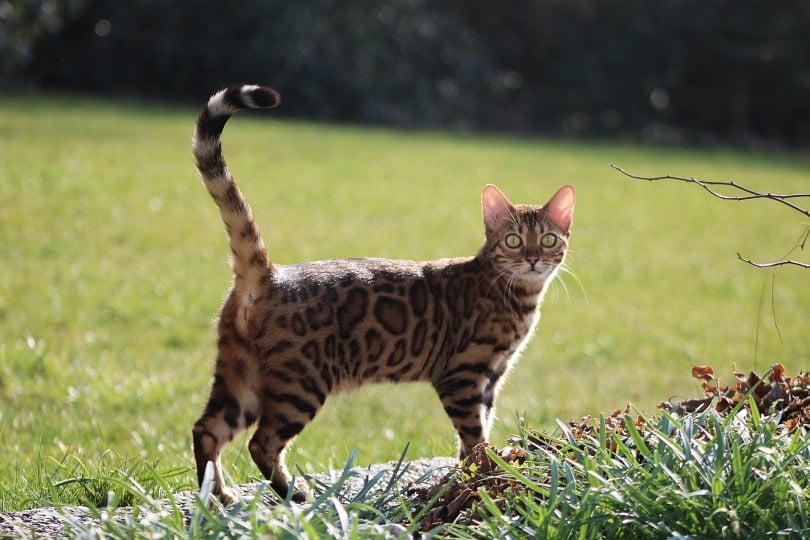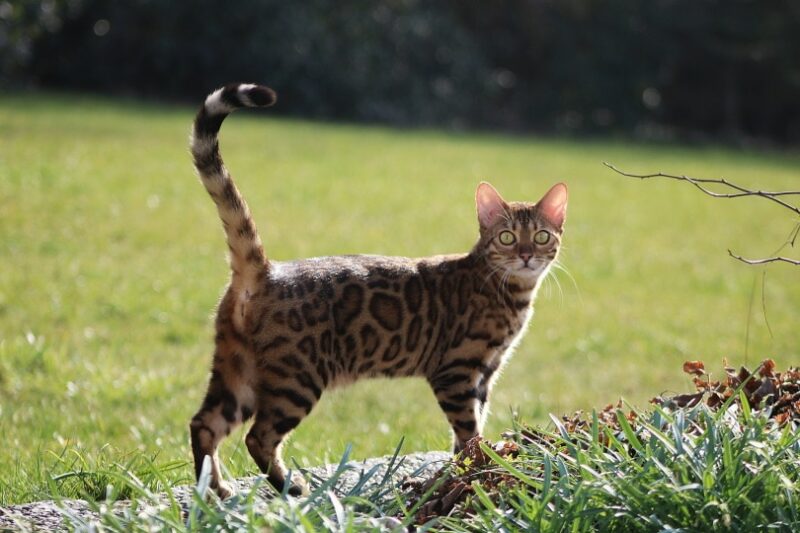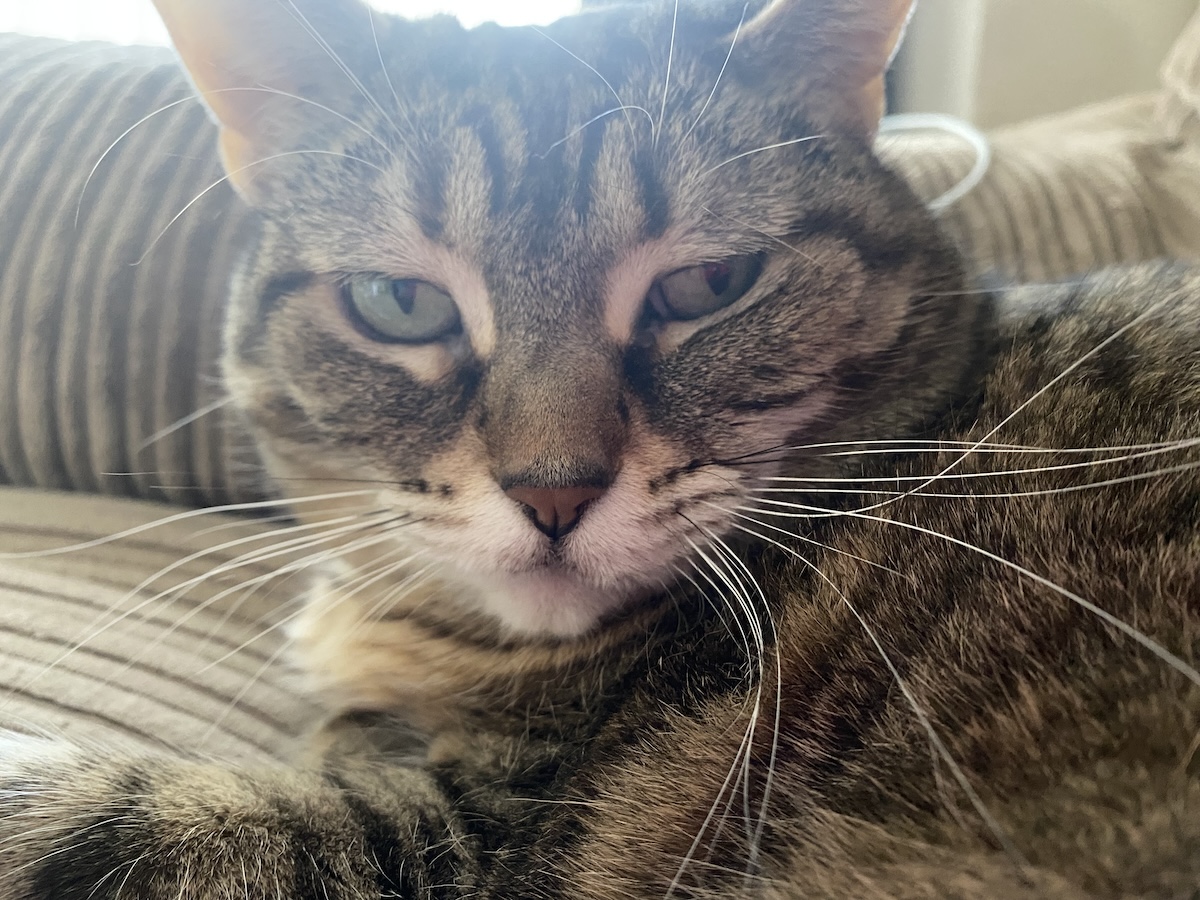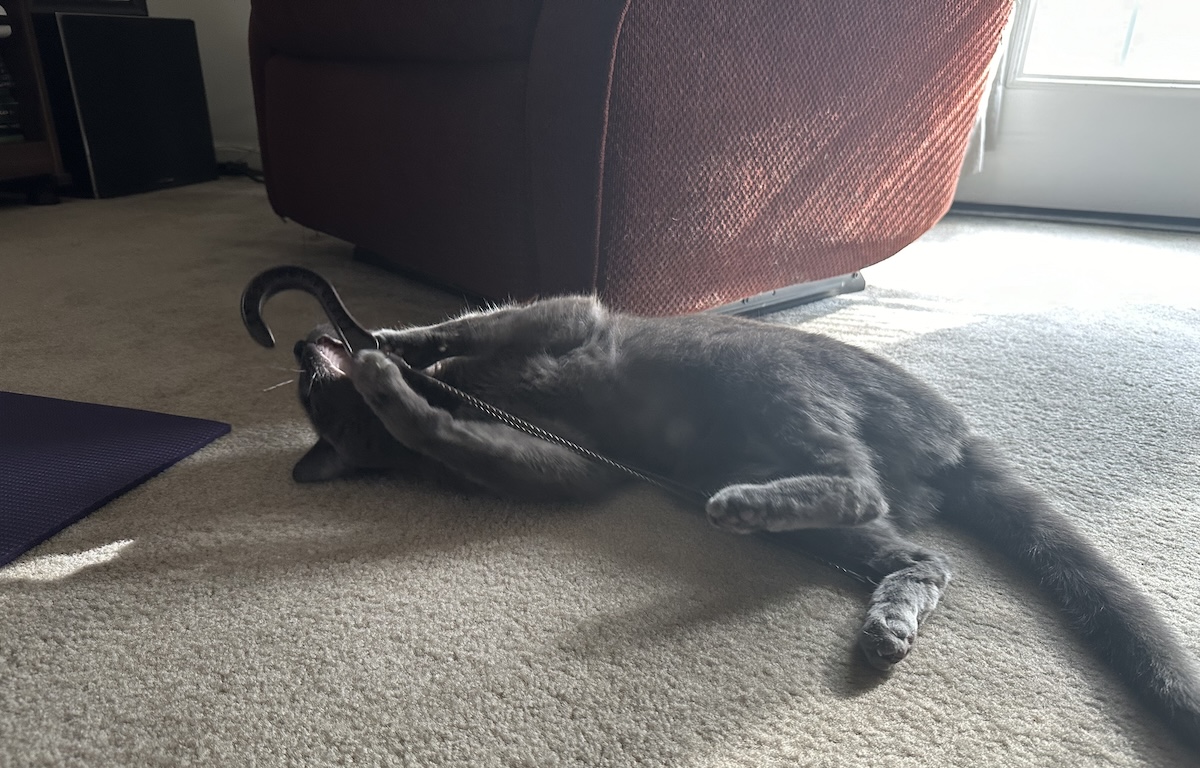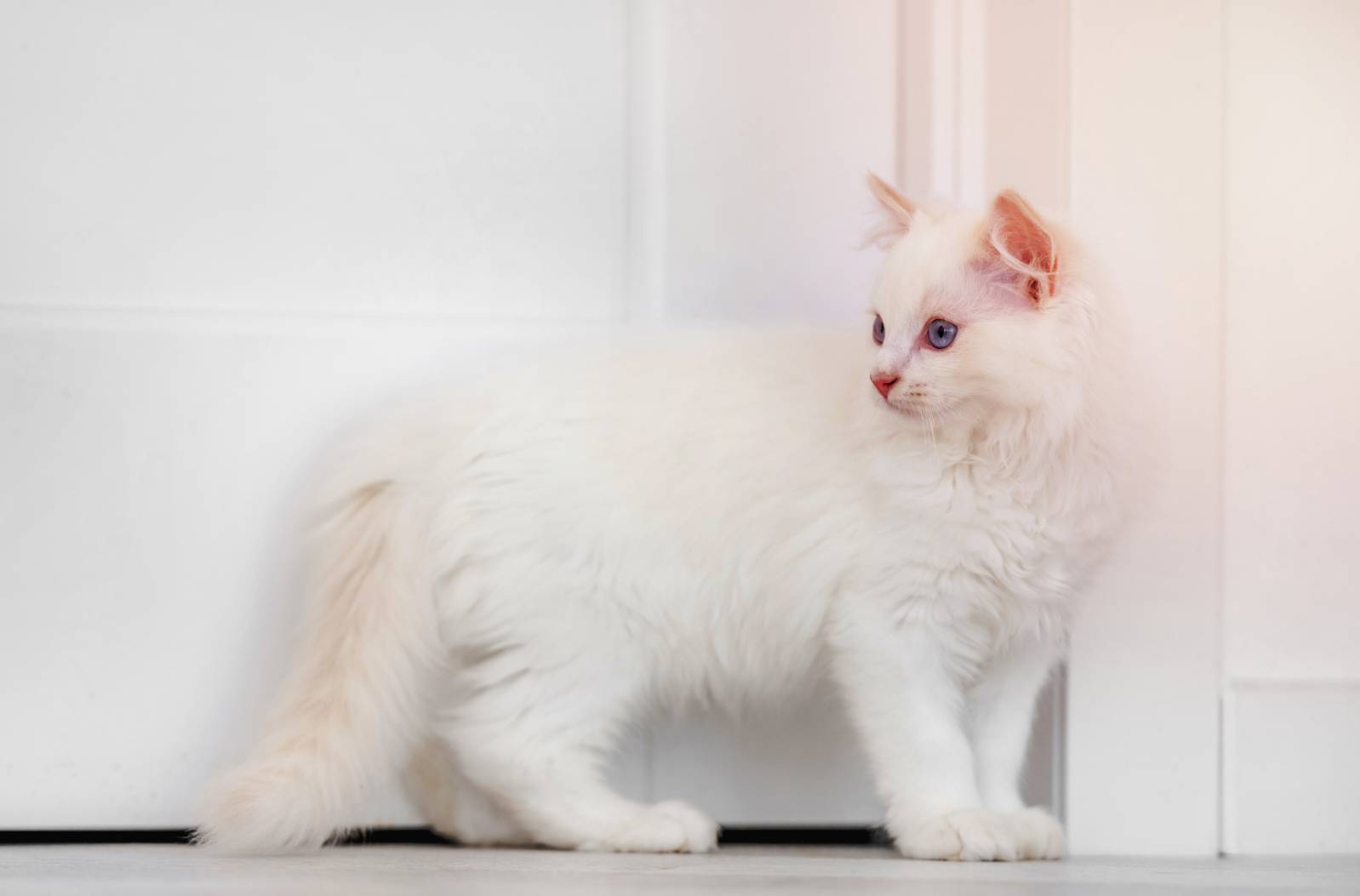Bengal cats are trendy right now for being “the closest you can get to having a leopard in your house.” It’s hard to forget their striking spotted coats and lithe, flexible bodies once you’ve seen them for the first time. These cats are close to their wild home, with many specimens being within 10 generations of wild cats. With such a decorated background, it’s hard to avoid wondering if they can be dangerous if not cared for properly. As a general answer, no, Bengal cats are not potentially aggressive. Let’s dive into the details.

Are Bengal Cats Aggressive?
Aggression between cats and humans isn’t documented in Bengals. However, cat and other animal aggression has been noted in 16.6% of Bengals, according to a survey done comprising Bengal owners. While 16.6% may not seem like a high number, it may be too high of a number for some pet parents to risk.
Inter-animal aggression in cats is not uncommon, especially among cats who were rescued. The ASPCA reports that around 27% of cats surrendered to shelters are surrendered because they’re aggressive to either people or other animals.
Bengals have a much more rigorous set of standards when they’re bred, including temperament and aggressiveness standards. It would make sense for Bengals to have a lower rate of aggression than stray cats since there is no oversight in stray cat breeding.
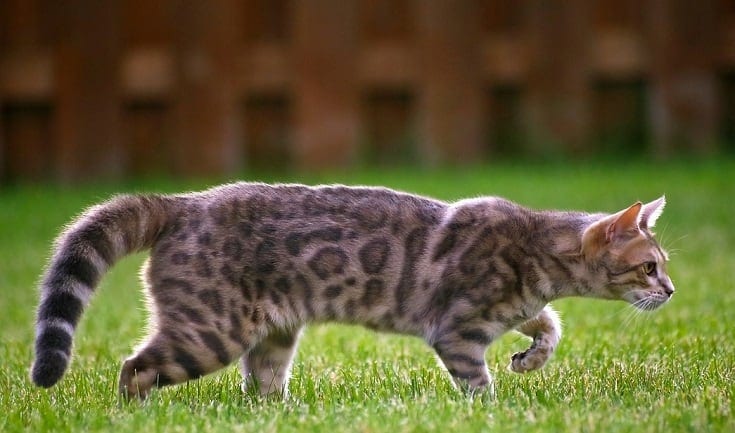
Are Bengal Cats Dangerous?
Bengal cats are not inherently dangerous. They are considered fully domesticated, and any cat that has been removed from wild generations for at least five generations is not regulated by any state.
However, Bengals are a large breed of cat that comes with all the built-in weapons that cats have available to them. Poor training could result in a cat that is large and out of control; in theory, they could become dangerous if not cared for properly, but there’s no harm in owning them. The danger comes more from their physical size and specifications than any underlying predisposition.
What to Do if My Bengal Is Acting Aggressive
Dealing with aggression in cats starts by taking a look at what your cat’s problem is. When you identify what kind of aggression your cat is displaying, you can solve the problem at the root and stop your cat from being aggressive in the future.
There are three main types of aggression in cats: fearful aggression, maternal aggression, and territorial aggression. Most of the time, what we view as “aggression” between cats is simple play for them, and they don’t understand why we’re stopping them from having fun.
Fear Aggression
Fear aggression may happen when a cat feels threatened or trapped and chooses to fight rather than flee. Cats may act aggressively towards anything they find threatening, hoping that they can scare the aggressor off and make their escape.
Cats who are aggressive because they’re afraid may flatten their ears against their heads, crouch low to the ground with the tail tucked between their legs, hiss, and bare their teeth. If your cat shows fear aggression, stopping the behavior hinges on understanding what starts the behavior.
If your cat starts acting aggressive when new people come to visit, build your cat a safe room they can retreat to that people aren’t allowed into. If your cat starts acting aggressive when your toddler yanks on his tail, teach your kid not to pull your cat’s tail.
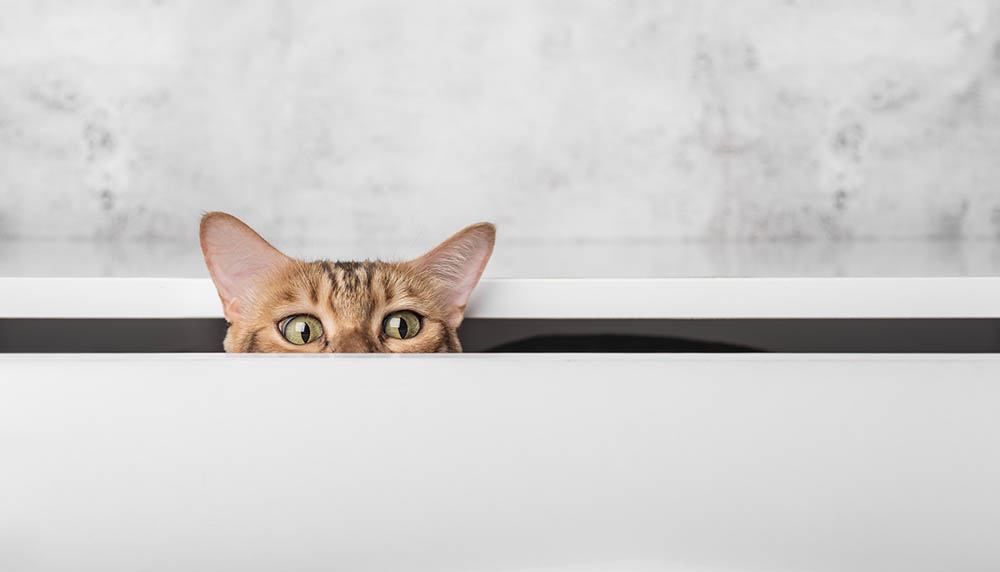
Maternal Aggression
Your cat may also act aggressively if she has recently had kittens. Her maternal instincts will tell her to keep any dangers away from her precious kittens, and she will fight to the death to protect them.
A mother cat may growl, hiss, or even try to bite people who come near her nest, even if she’s normally friendly. Give her space and let her come to you. She has a hard job raising her litter, and she needs you and your family to respect her need for space while she nurses.
Maternal aggression usually fades once the kittens have been weaned. If you find that a queen is aggressive when she has kittens, consider having her spayed to prevent any new litters from being born.
Territorial Aggression
All animals experience some level of territorial behavior. Cats are especially territorial animals who have many ways of announcing their presence and claim on an area. From claw marks to spraying, cats will make it known that they’ve decided a place is home.
When a cat feels their territory is being threatened, they may hiss, growl, and even stalk or chase the “intruder.” Usually, territorial aggression will fade as a cat gets used to sharing their territory with the people and animals that live there.
If your cat is displaying territorial aggression, consider getting a pheromone diffuser that will disperse friendly cat pheromones through your space. You won’t be able to smell it, but your cat will, and they’ll use the smell to know that they are safe and don’t need to be aggressive.
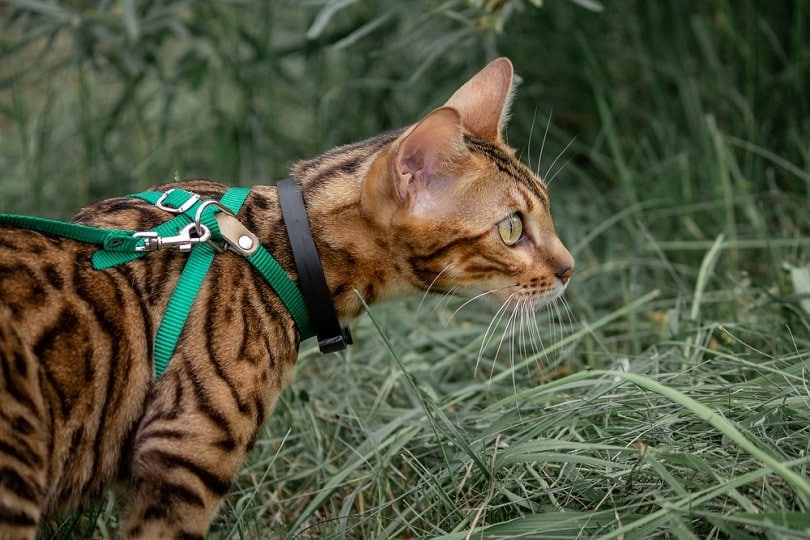
Play Aggression
Play aggression is not a real type of aggression per se, but it can be the preceding event for real aggression. If you remember how little kids like to wrestle and play fight, know that cats are similar.
Cats may stalk, chase, pounce, ambush, and even scratch and bite while playing. In many cases, this is all in good fun, and the cats are having a blast. However, play can escalate into real aggression.
Rough play can lead to your cat feeling overstimulated and being aggressive towards their confused playmate. If this occurs, you should intervene and remove one of the cats from the situation to avoid any further incidents.
Final Thoughts
Bengals are not known for aggressive behavior, whether toward people or other animals. Aggression between cats or between cats and people is pretty easy to deal with. Let your cat lead the way and tell you what methods work best for them.
Featured Image Credit: Jeannette1980, Pixabay

